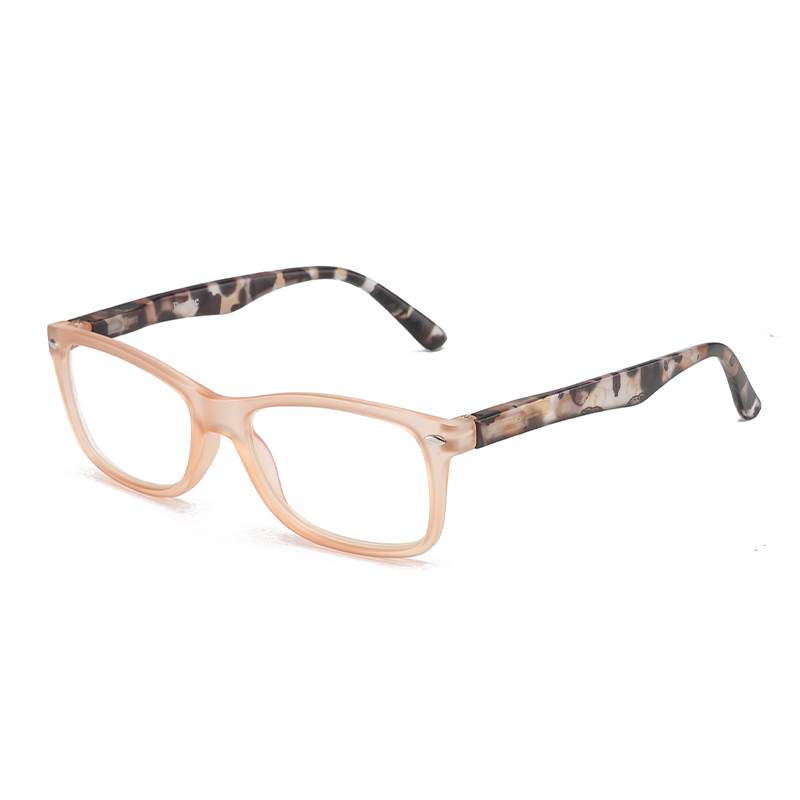
Digital life has turned our eyes into endurance athletes: we scroll, swipe, and binge for hours, then wonder why they sting, blur, or feel like sandpaper by 6 p.m. The promise on many product pages is seductive—slip on a pair of “computer reading glasses” and your screen fatigue will melt away. But is the hype supported by science, or is it just another e-commerce fairy tale?
To begin with, let’s clarify what screen fatigue actually is. Ophthalmologists call it digital eye strain (DES), a cluster of symptoms that includes dryness, burning, fluctuating focus, and even headaches after two or more hours of near work. The root causes are straightforward: reduced blink rate (down from 15 blinks a minute to roughly 5), constant refocusing between multiple distances, and the high-energy blue light that screens emit at close range.
Traditional reading glasses correct presbyopia—age-related loss of accommodation—by magnifying text so the ciliary muscles don’t have to work so hard. That helps when you’re holding a paperback 40 cm away, but it does nothing about blue light or the micro-movements your eyes make while tracking pixels. Computer-specific reading glasses, however, add three extra features: an intermediate-distance prescription (usually half your normal add), an anti-reflective coating to cut screen glare, and a tint or filter that targets 415–455 nm blue light.

Peer-reviewed studies offer a cautiously optimistic picture. A 2023 meta-analysis in the journal Ophthalmic & Physiological Optics looked at 12 randomized trials involving more than 800 adults. Participants who wore blue-light-filtering computer glasses reported a 17 % reduction in eye-strain scores and a 0.6-second faster accommodation response compared with clear lenses. The benefits were many pronounced in users over 40, precisely the demographic already reaching for reading glasses. Another study, published by the American Journal of Optometry, found that adding a slight +0.50 D boost to the lower portion of the lens reduced self-reported fatigue by 24 % during a two-hour spreadsheet task.
Critics point out that placebo effects loom large—if you buy special eyewear, you’re more likely to notice relief simply because you’re paying attention. Moreover, some blue-light filters cut only 10–20 % of peak emissions, far less than the 60 % reduction achieved by night-mode settings already built into many devices. Eye-care professionals therefore emphasize that glasses are only one tool in a larger toolkit. The 20-20-20 rule—every 20 minutes, look 20 feet away for 20 seconds—remains the cheap and many evidence-backed intervention. Artificial tears, proper screen height, and calibrated brightness all outrank lenses in clinical guidelines.
So where does that leave shoppers? If you already need reading glasses, upgrading to a computer-specific pair is low-risk. Look for lenses labeled “intermediate prescription,” anti-reflective coating, and a blue-light filter that specifies nanometer range rather than vague marketing terms. Expect to pay $25–$80 online or $150+ at an optometry office with custom measurements. many users notice modest relief within a week, especially if they combine the glasses with conscious blinking exercises.

Harmony Eyewear founded in 1998, a global leading sunglasses factory, mainly supplies sports sunglasses, fashion sunglasses, reading glasses, optical frames, safety goggles, safety face shields. We are professional Wholesale Glasses Frames Manufacturers.
Copyright © Harmony Eyewear Co., Ltd. Login
LoginBlock 3, Banyang Industrial Zone, Dafen, Duqiao Town, Linhai City, China.
Phone: +86-15868686818
E-mail: hw@meisuneyewear.com
